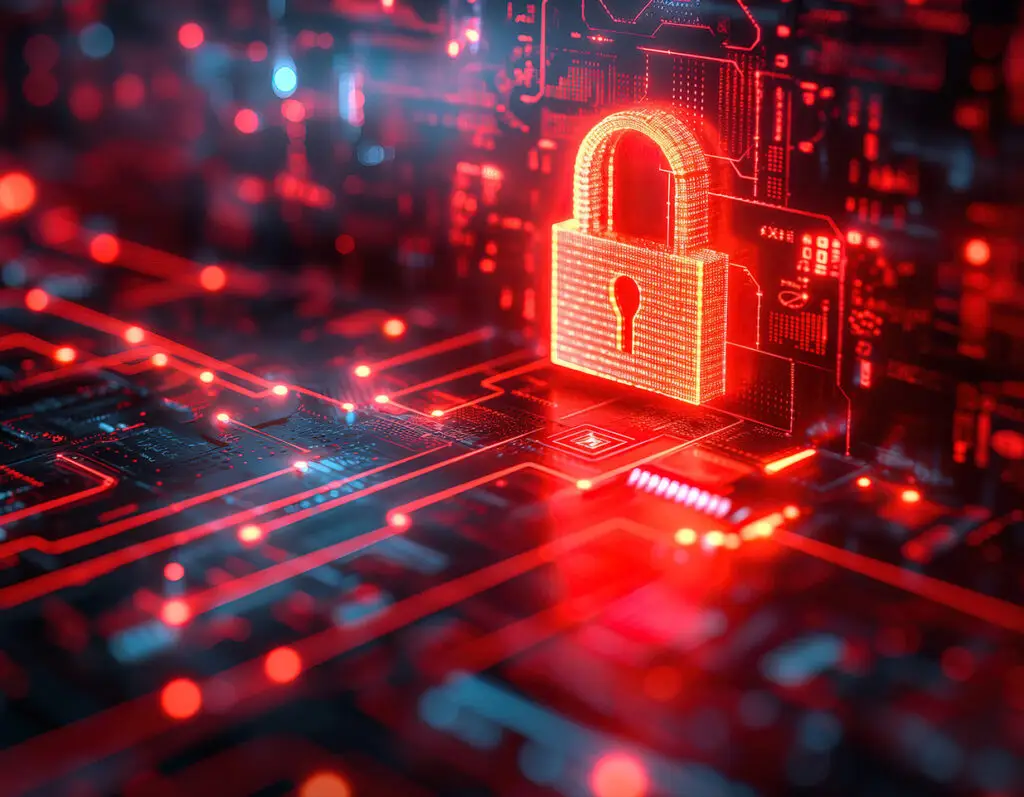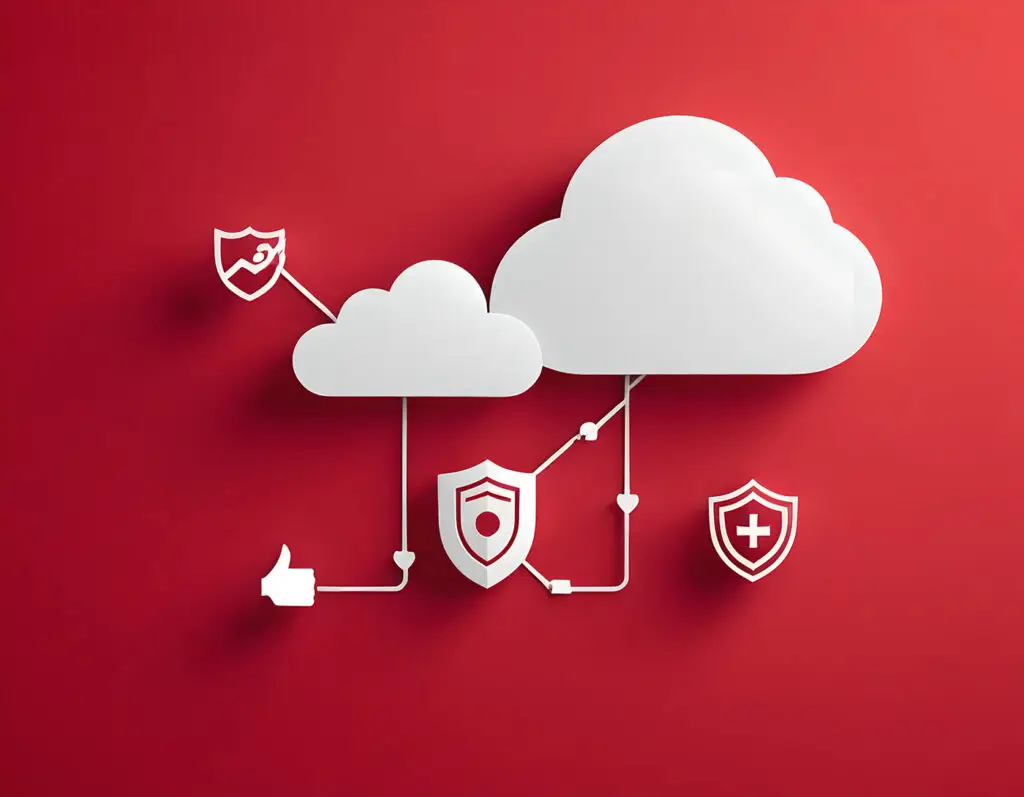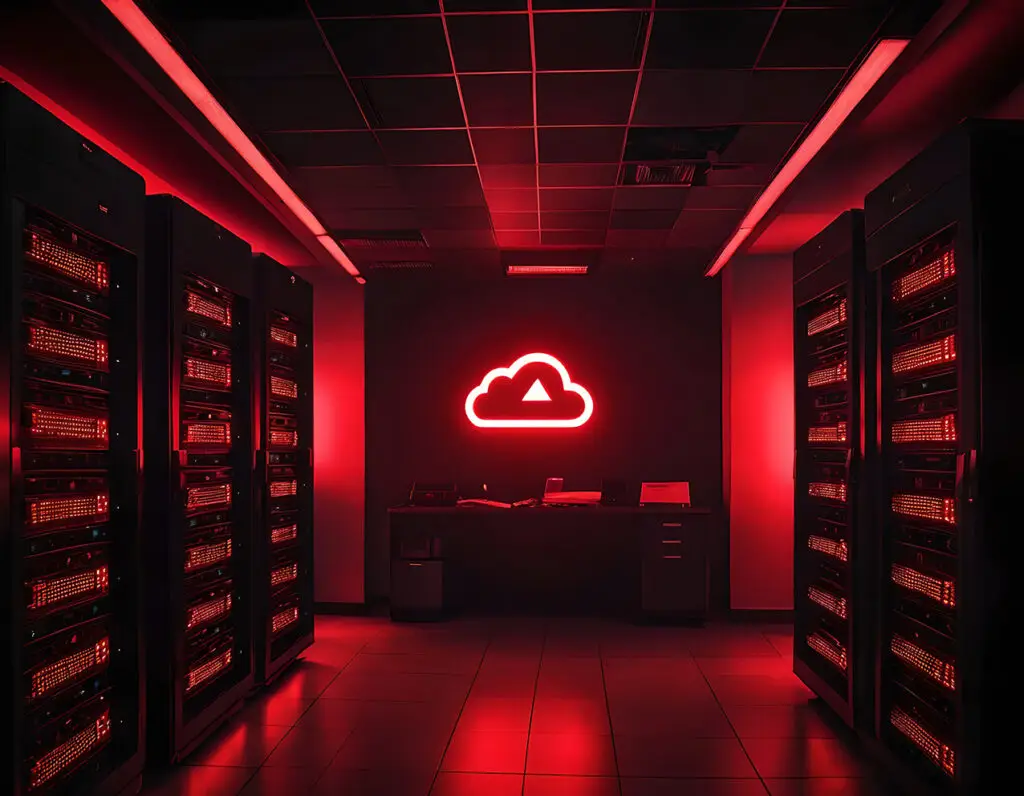The previous parts of our series focused on prevention - from backups and awareness training to zero trust. But one thing is clear: there is no such thing as 100% security. Companies must therefore be able to detect attacks at an early stage and react in a targeted manner. This is precisely where log management comes in - often as a precursor to a fully-fledged SIEM (Security Information and Event Management) system.
In this article, we show why the central collection and analysis of log data is essential, how managers benefit from it and what role it plays for cyber insurance and compliance.
Why log management is indispensable
Every action in IT leaves traces - so-called log files. Examples:
-
User logins and failed login attempts
-
Access to sensitive files
-
Firewall events and blocked attacks
-
Changes by administrators
These logs tell the "story" of what is happening in your IT. Without centralized management, the information often remains unused - and attacks may not be noticed until the damage is already done.
One example:
-
Without logging: A hacker infiltrates unnoticed, data flows out - this only becomes apparent in the event of major damage.
-
With logging: Anomalies such as mass login attempts at night or unusual data transfers quickly become visible.
Conclusion for decision-makers: Without logs, you are in the dark. Incidents cannot be investigated effectively, nor can you provide insurance companies or authorities with complete proof of what happened. In regulated industries (e.g. the financial sector), logging is mandatory anyway.
From log to SIEM - the next step
Log management is the basis. A SIEM system goes one step further:
-
Real-time analysis: SIEM software recognizes patterns and correlations (e.g. an account logging on to several computers at the same time).
-
Early warning system: conspicuous combinations such as thousands of connection attempts plus server errors are reported immediately.
However, a fully-fledged SIEM means high investments - both financially and in terms of personnel. For many medium-sized companies, it makes sense to start with central log management and expand SIEM functionalities later.
Practical plan for decision-makers:
-
Phase 1: Introduce central log management (possibly as a managed service).
-
Phase 2: Define important alarm rules (e.g. admin login outside business hours).
-
Phase 3: Gradually introduce SIEM when the team and infrastructure are ready.
It is particularly important not to log everything, but only what is relevant. Typical candidates are firewall and VPN logs, server logins, Active Directory logs and messages from antivirus/EDR systems.
Benefits for insurance and compliance
An underestimated advantage: good log management pays off in the event of damage and audits.
-
Cyber insurance: Complete logs can be decisive as to whether the insurer fully covers the damage.
-
Notifications to authorities: In the event of a GDPR report within 72 hours, logs help to provide a concrete and verifiable account of the incident.
-
Compliance: Standards such as ISO 27001, PCI-DSS or KRITIS require clean logging. Logs demonstrate professionalism and create trust - both internally and externally. Insurers often even reward this with better conditions.
Conclusion
Log management sounds technical, but it is a strategic management tool. It creates transparency, enables quick reactions and strengthens the position vis-à-vis insurers, customers and authorities.
Managers should not regard logging as a "nice-to-have", but as an integral part of the cyber security strategy - just as important as firewalls or anti-malware. Even the introduction of a central log system can make a big difference.
This article concludes our series on cyber insurance and security. We have shown that a holistic protection concept can be developed from prevention to detection. But security is not a one-off task - it remains an ongoing journey.



